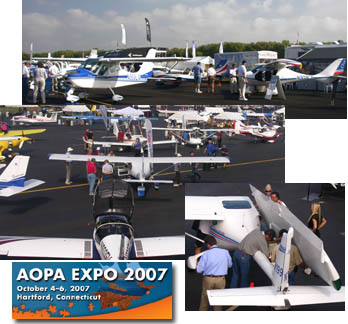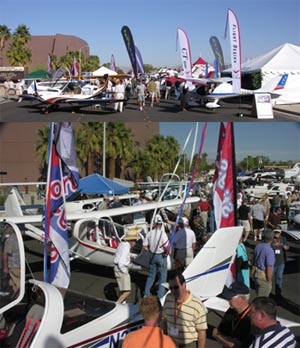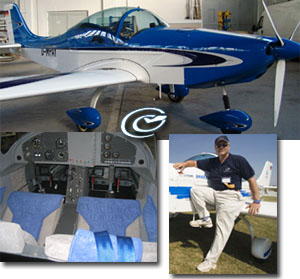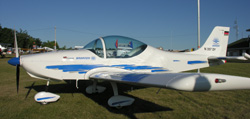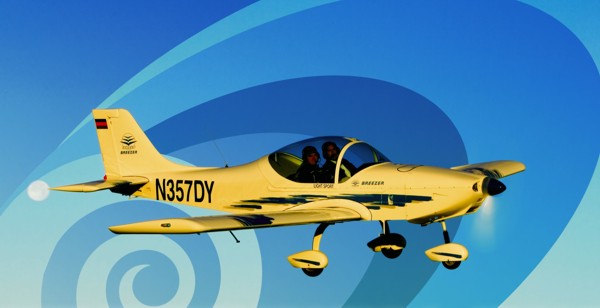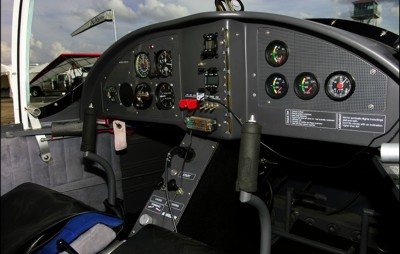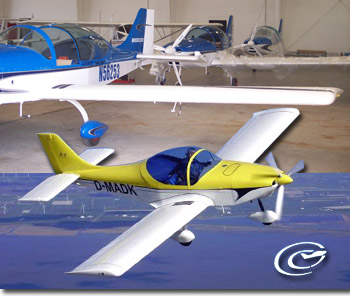
They are lining up, literally, at Sportsplanes.com’s Plant City, Florida airport (PCM) assembly station. Michael Zidziunas — everyone calls him “Mike Z” — assembled three of the new Breezer II SLSA and arranged for DAR inspection. Mike Z is a well-known flight instructor and licensed mechanic working in the LSA arena. *** Last fall, at the AOPA Expo, Josh Foss of Sportsplanes.com unveiled the new Breezer II. The all-metal low wing was introduced more than a year earlier but disputes over the design rights and manufacturing put a halt to shipments. Since then, German designer Ralf Magnussen found a new investor, Dirk Ketelsen, a builder of windmills for electric power generation. They established a new 17,000 square foot plant near Husum, Germany (west of Hamburg at the North Sea coastline) where Josh reports they can build more than 100 aircraft a year.



